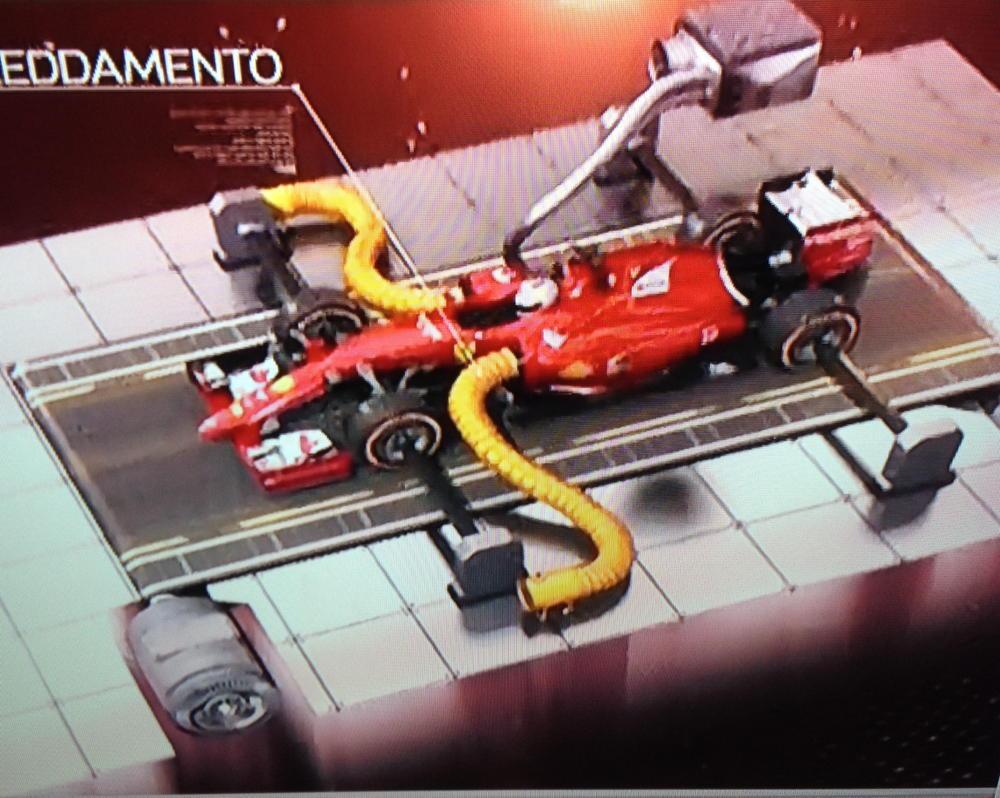Wazari-san I have a question regarding how Honda test the power unit at Sakura: Ferrari, Mercedes and Red Bull/Renault (back in the days when they were a united group) use the AVL dyno to test the PU on the car, do Honda have such kind of technology? And if they don't, do they plan to upgrade the facility?Wazari wrote:I don't know if I'm more knowledgeable on vibration issues than you. Any object affixed to a moving part or a part housing moving part(s) is going to act as a dampener for that item. Obviously the size and material of the dampening agent will have an effect on vibration levels. However, I think it's important to first examine is the vibration a symptom of a fault or is it causing a fault. In my experience, vibration from the turbocharger itself was never an issue.trinidefender wrote: Wazari-San and others more knowledgable on vibration related issues than me. Can how and the points of where the turbocharger is mounted to the PU as well as the PU being mounted in the car instead of on a dyno or flow bench change the resonant frequency?
One thought I am having is the ICE is mounted directly to the chassis, transmission and other parts of the car. When the ICE is running it will have particular vibration characteristics that will be different than when it is mounted to a dyno. Correct? Now how would these different vibration levels and frequencies affect he turbocharger shaft when it itself has its own vibrations?
I think most here are talking about vibrations causing a failure. I can't see the resonance from the internals of the turbocharger itself being an issue but when you start attaching moving parts to a turbo then I can see the potential of vibrations being a symptom of a "fault". The vibration might accelerate the ultimate failure of the part, but usually it's a design or material flaw that causes the undesirable vibration. When a driver complains of a vibration it's always a symptom of a fault.
I guess what I'm trying to say is that the vibration itself is usually not the problem but it's the cause of the vibration that's the real issue. Some hot rodders put these IMO crazy duration camshafts with high valve lifts to intentionally cause vibrations or shaking. Does that in itself cause any damage to the engine, typically no. However, the vibration might cause interior pieces to rattle and come loose as a by-product. So going back to the F1 PU, someone mentioned Merc having vibrations with their long connection from turbo to MGU-H. The vibrations itself might be a nuisance but was it the cause of the vibration or the result of accelerated wear/failure from the vibration that was the real issue; could be both.
On the official website I've found something similar to an AVL dyno at Sakura but not so advanced:
AVL at Maranello

Dyno at Sakura

Here in Italy many engineers believe Ferrari closed the gap during the season to Mercedes thanks to this kind of technology.



